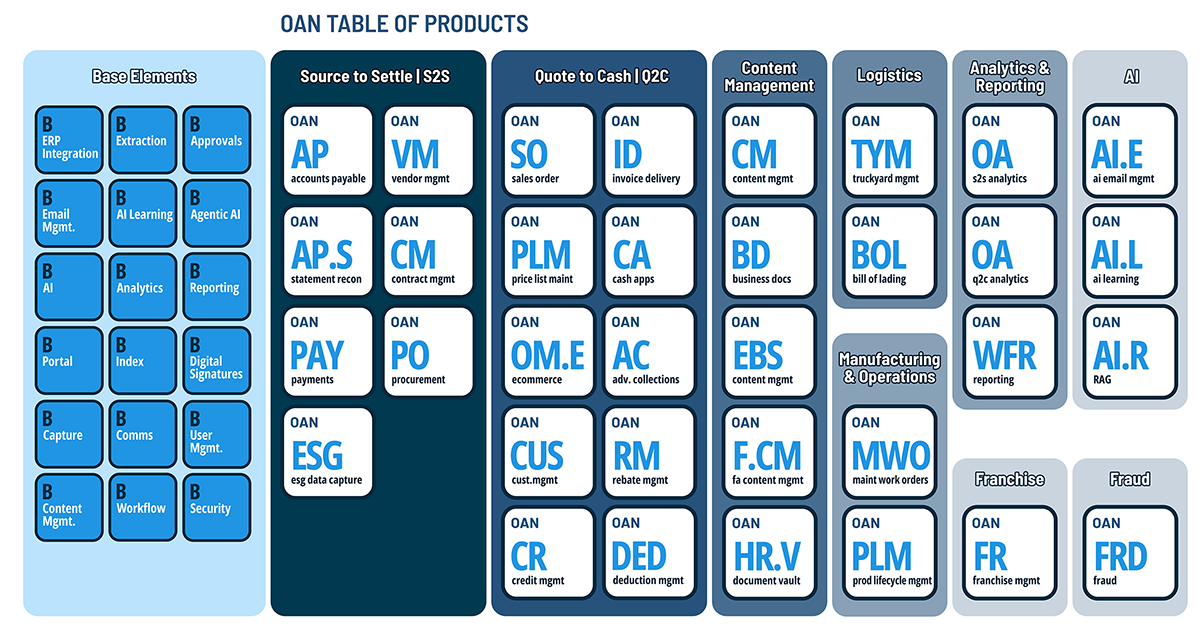For today’s CFOs, audit season is no longer just a once-a-year obligation—it’s a continuous state of operational readiness. With regulatory expectations rising, data volumes expanding, and financial systems becoming increasingly digitized, the traditional scramble to prepare for external audits is both risky and outdated.
Audit readiness is evolving into a year-round priority, tightly interwoven with data governance, system integration, and real-time financial visibility. This shift is not simply about compliance—it’s about demonstrating transparency, internal control maturity, and the strategic discipline investors and regulators expect.
Why Audit Readiness Is More Complex Than Ever
As finance functions embrace automation, AI, and cloud-based architectures, CFOs must rethink their approach to audit preparedness. The old model—where finance teams manually compile records at quarter-end or year-end—is inefficient, prone to errors, and incompatible with modern digital audit methodologies.
Key complexities now facing CFOs include:
- Data Fragmentation: Financial data is often dispersed across multiple ERP modules, third-party systems, and operational silos, resulting in a fragmented data landscape.
- Hybrid Workforces: Distributed teams make coordination and documentation more challenging.
- Real-Time Expectations: Auditors increasingly expect data to be standardized, accessible, and traceable in real-time.
- Evolving Standards: ESG reporting, cyber-risk disclosures, and new tax regulations add layers of reporting obligation that extend beyond the financials.
What “Audit Ready” Really Means in 2025
Being audit-ready doesn’t mean simply passing your audit—it means being able to demonstrate, at any point in the fiscal year, that your financial processes are consistent, compliant, and traceable. In the context of digital transformation, audit readiness involves:
- Data Accessibility: Financial information must be centralized and available across accounting, AP/AR, procurement, and reporting systems.
- Automated Controls: Manual, spreadsheet-driven reconciliation and control processes are prone to error. Automated control frameworks reduce risk and boost confidence.
- Transaction-Level Traceability: From invoice to payment to ledger entry, auditors require a complete digital trail—accessible and uninterrupted.
- Change Management Visibility: Any adjustments to data or processes must be logged, authorized, and made visible.
This shift to continuous audit preparedness aligns well with finance transformation priorities, including improved data quality, reduced errors, faster close cycles, and more intelligent reporting.
Key Tactics for Digital Audit Readiness
1. Automate Financial Workflows
Modern finance leaders are reducing the audit burden by investing in automation across high-risk processes:
- Accounts Payable: Automate invoice validation, three-way matching, and exception handling to ensure consistent compliance with payment policies.
- Close Management: Use close automation tools to document reconciliations, approvals, and journal entries with real-time audit trails.
- Expense Management: Digitized travel and expense (T&E) policies, automated enforcement, and integrated approval workflows reduce fraud and increase transparency.
Automation not only accelerates operational efficiency—it also generates audit-friendly documentation that resides within your systems, rather than in binders or spreadsheets.
2. Implement Strong Data Governance
Audit readiness starts with clean, consistent, and well-managed data. CFOs must prioritize:
- Master Data Control: Ensure vendor, customer, and chart of accounts data are standardized and updated across all platforms.
- Version Control: Maintain a single source of truth for financial statements, reports, and key reconciliations to avoid confusion or duplication.
- Access Management: Implement role-based access to sensitive financial systems and ensure changes are logged for traceability.
A mature data governance framework is not just an IT concern—it’s a finance imperative for ensuring audit alignment and minimizing control weaknesses.
3. Adopt Real-Time Dashboards for Audit KPIs
Visibility is a cornerstone of audit success. CFOs are now leveraging real-time dashboards to track and manage audit readiness metrics, including:
- Number of unreconciled transactions
- Status of close checklist items
- Outstanding PBC (Provided by Client) audit requests
- Internal control exceptions by category or region
These dashboards not only guide finance operations but also demonstrate to auditors that the organization maintains proactive oversight of financial integrity.
4. Prepare for Digital Evidence Requests
Gone are the days of printing and scanning backup documentation. Auditors today expect digital evidence with precise timestamps, version history, and system-of-record traceability.
Prepare your systems to produce:
- Audit trails of all transactions, including who made changes and when
- Electronic receipts and supporting documentation tied to journal entries
- System reports with embedded logic showing exception rules and control outcomes
Finance teams that rely on fragmented spreadsheets or manual folders risk delays and red flags during external audit review.
5. Integrate ESG and Non-Financial Reporting
Audit readiness now spans beyond balance sheets and income statements. Many organizations are subject to ESG disclosures (such as Scope 1-3 emissions or DEI metrics), data privacy obligations, and industry-specific regulatory reporting.
CFOs must partner with compliance and sustainability teams to ensure these non-financial data sets are:
- Systematized and standardized
- Governed by clear control procedures
- Auditable with verifiable documentation
Embedding ESG into financial systems, rather than managing in parallel, creates a single audit trail and reinforces enterprise accountability.
Where oAppsNET Fits In
While each finance function is at a different stage of transformation, digital audit readiness is no longer optional. Platforms like those supported by oAppsNET help enterprise teams streamline financial controls, centralize documentation, and gain confidence in system traceability.
Whether it’s automating your month-end close, ensuring vendor compliance, or digitizing your ESG disclosures, audit preparedness is ultimately a reflection of the strength and transparency of your financial processes.
Elevating Audit Readiness from Burden to Advantage
Being audit-ready isn’t just about passing the test—it’s about building trust. With regulators, stakeholders, and internal leadership demanding greater financial accountability, CFOs must lead the charge in creating systems and processes that are always ready.
By investing in automation, strengthening data controls, and integrating audit KPIs into day-to-day financial management, organizations can turn audit preparation from an annual scramble into a strategic differentiator. Connect with oAppsNET to discover how finance automation and ERP integrations can reduce audit risk, accelerate reporting, and strengthen compliance year-round.

